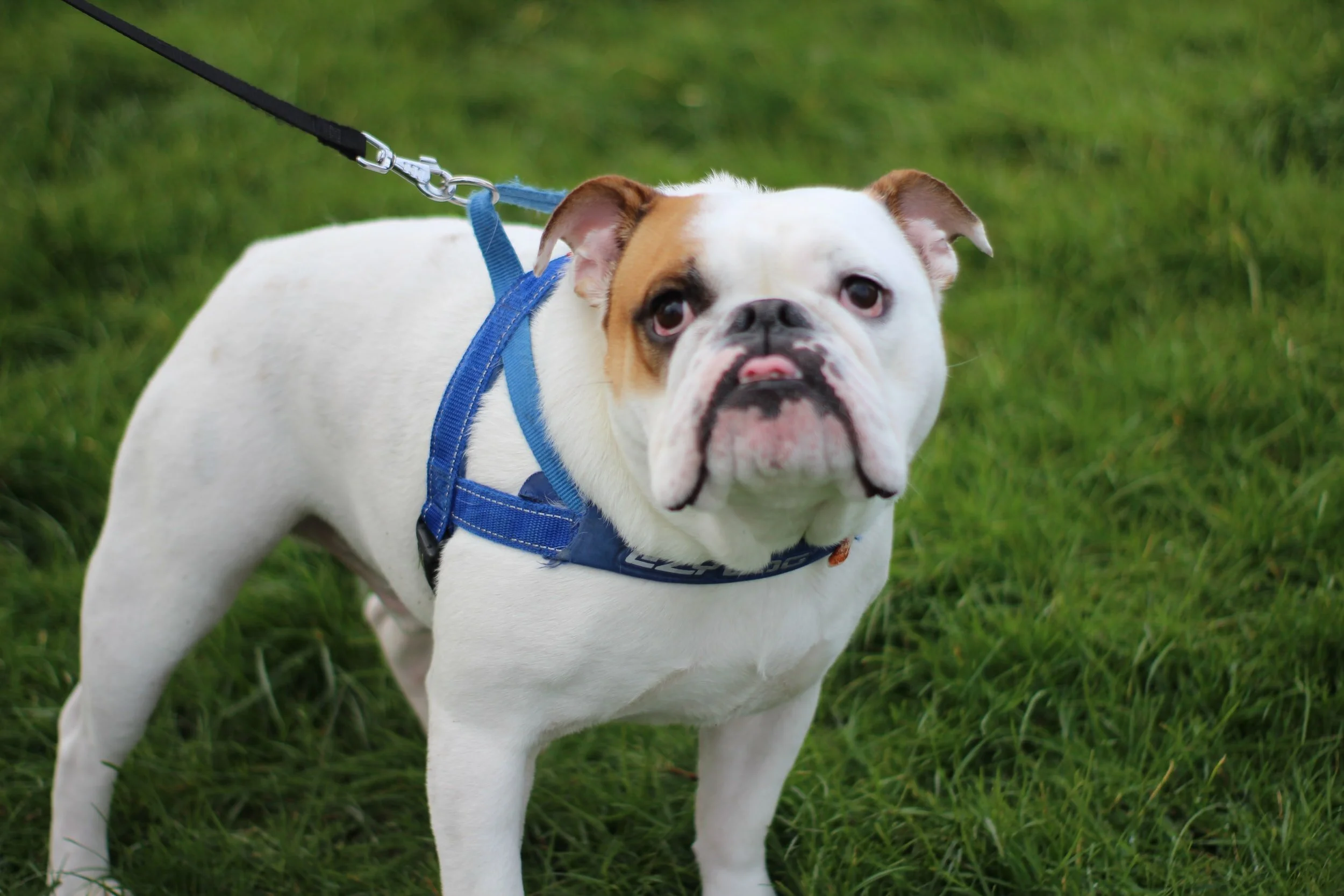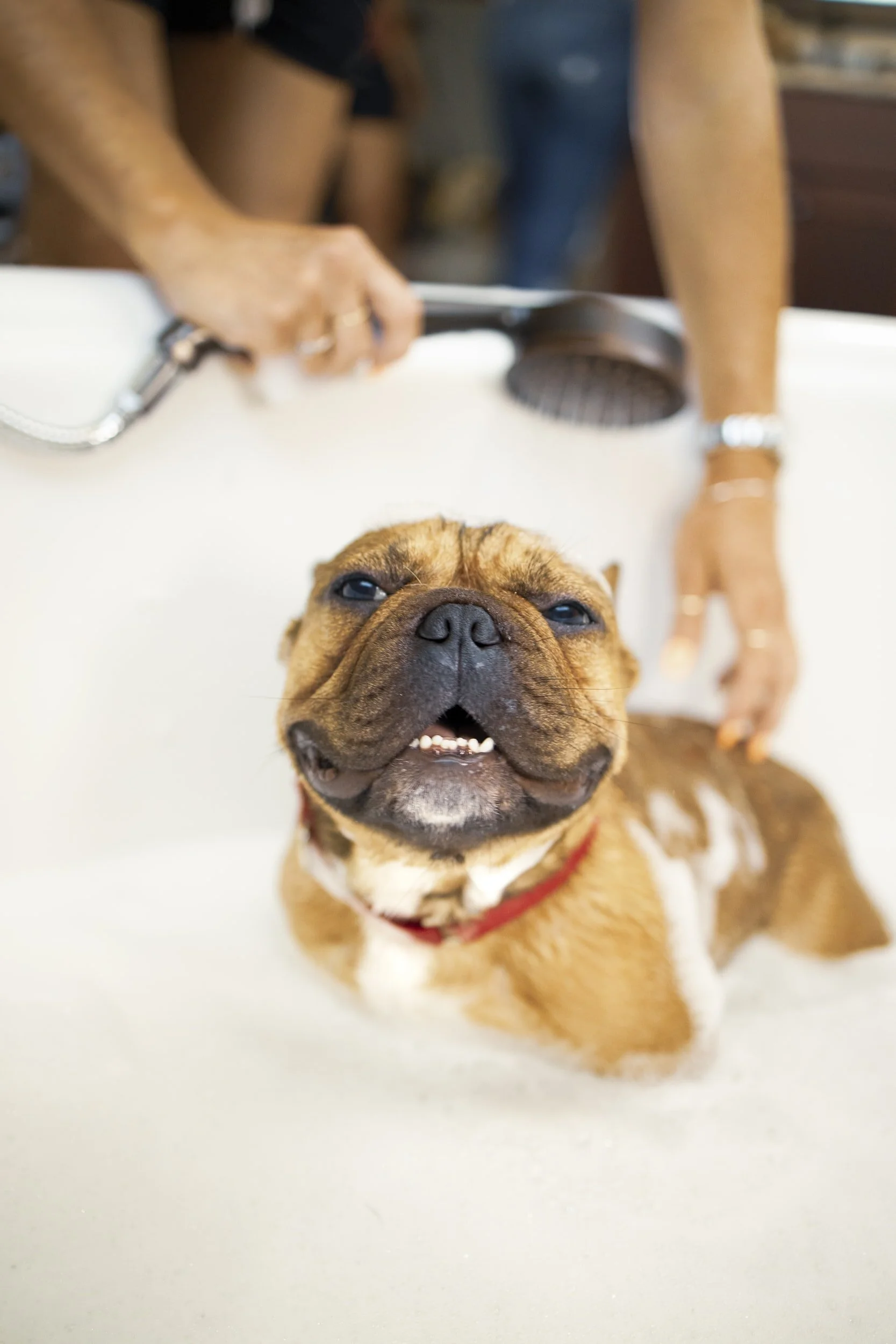Surviving A New Puppy
Getting a new puppy can be very exciting; but it can come with challenges that we may not have thought about, particularly if your last pet was a senior or super-senior! Everyone faces the same challenges, but eventually settles into a routine to navigate it. Here are some thoughts to navigate the course…
The first several nights are among the most challenging, as everyone is getting to know one another. The sights, smells, sounds and layout of new surroundings can be very frightening to a new puppy. That’s why it’s so important to make your puppy feel safe and secure. I would recommend crate training to aid in this.
Place the crate in an area where the puppy can see you. For example, move the crate to the living room during the day and then back to your bedroom at night. By doing this, you will hear your puppy stir when it needs to go outside and will keep the puppy on track with its potty training. You can place a toy or stuffed animal in the crate to comfort the puppy during its rest times.
Take the puppy outside at least every two hours in the beginning. This includes nighttime as well! As the puppy ages, time between outside visits will increase as the puppy gains better control of his bowels and bladder function. Take the puppy to the same spot, say the same command to potty and go out the same door. This will prompt the puppy as to what’s expected of it.
Some people tie a bell on a rope and place it dangling from the doorknob. Every time you go outside to potty, you ring the bell. Pretty soon the puppy will begin to ring the bell on its own to remind you that it needs to relieve itself. Always remember to reward your puppy for a job well done.
Adapt your puppy to wearing a collar, paying particular attention to not leaving it on the pup while unsupervised. Remember to check it several times a week as puppies grow very fast!
One the puppy has mastered the collar, introduce the leash letting the puppy drag it along with it; again supervised. Once the pup feels comfortable with the leash you can try walking. At this point, let the puppy lead you around on the leash for a while. Once comfortable with that then you can start leading the pup in a more controlled way. This serves to aid in confidence building in your pup.
Chewing is natural for dogs and puppies as they get to know their world. Just make sure that toys are age appropriate and that there is supervision while playing with them. In my experience, I have found that even the most “indestructible” toy can be destroyed by some!
Slowly over time, introduce your puppy to new experiences and new people, as well as new situations. Just be careful not to overwhelm them! This allows a more positive experience with you, other people, your groomer and veterinarian.
“Dogs are miracle with paws.” — Susan Ariel Rainbow Kennedy
Along with all this, we have certain commands that we must learn to master. Learning these commands may prove one day to even save your pet’s life! The commands are: sit, down, come (or I prefer here), stay, no, off, heel and more advanced commands like: wait, release, give, leave it and take it. Each command will take a week to learn by repeating the command 25x/day. Then once the command is learned, move on to the next command while repeating all previously learned commands. I know you think this is a long list… but it will improve your bond. Everyone around you will enjoy your dog more if it has manners!
Each lesson should last 5-10 minutes, no longer, as puppies have short attention spans. Always reward the puppy! And remember to always end on a positive note, no matter how frustrating a lesson may be. But it’s not all work and no play. Remember to take time to play with your puppy to build its muscles and improve its coordination. Have fun…teach some tricks.
Your puppy will do much better if you keep it on a schedule. Regular feedings, toilet breaks, play and rest times help your pup to know what’s expected of it. This whole process can take up to six months of dedication and patience. Are you up for it?
Do's and Don'ts of Adopting a Rescue
If you are planning on adopting a pet or have recently placed a new addition to your "fur" family, here are a few tips on "DO's" and "DON'TS" taken from Rescue Proud (by Diana Laverdure): Prior to the adoption make sure that the rescue organization will allow you to take the pet on a "trial" basis. It is recommended to bathe a new dog to wash off the "homeless” odor. Remember to start on the back and tail region and slowly move towards the head when bathing as this will be less intimidating to the animal. Then the animal will need some time alone to get familiar with its new surroundings prior to any family introductions. Slowly begin introductions to your existing your "fur" family. Remember that this process takes time and should never be rushed! It is advisable to start with the most submissive existing pet for introductions and proceed slowly to the most dominant. Don't stop older dogs from growling at the newcomer. Simply observe them to ensure that the interaction doesn't escalate to a bad situation! Over time a natural hierarchy will develop between existing family members and the newcomer. It is important that you respect that hierarchy. Always greet, feed and allow privileges FIRST to the dog with the higher dominance.
As the newcomer becomes less threatened and more comfortable in its new surroundings, people from outside the home can be slowly introduced by slowly stroking the animal on the lower back and chest. Hold the animal in your lap when introducing the animal to children. Therefore, you will remain in better control of the situation should the child or newcomer become excited. Intervene if either the child or animal becomes anxious or nervous with the encounter
Blog Written: Doreen Levers








